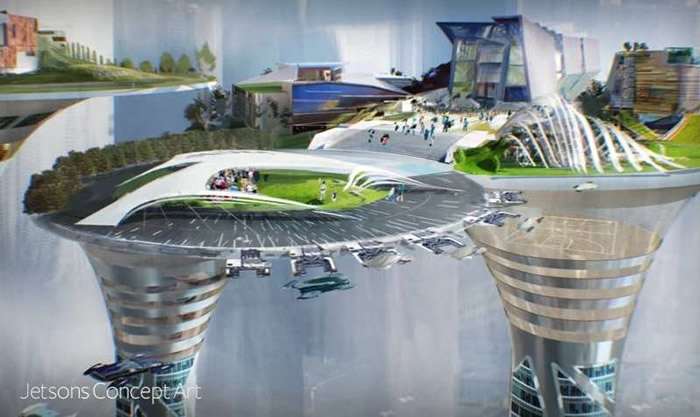Tech For The Skyscrapers Of The Future
Materials science is always an interesting field of research, looking at novel materials and how they might change the way we live—-or looking at traditional materials but in novel applications.
Now Arconic, which does business in engineering materials and solutions, is turning heads with their vision of what future skyscrapers could look like. It is worth thinking about flexible components “that can make buildings more than just static giants,” said Business Insider.
A report in 3D Printing Industry reported that “Arconic have announced their vision of what the future might look like in 45 years. This includes construction of a smog-eating skyscraper using 3-D printing.”
They have ideas for a 3-mile-high skyscraper. The interest is not the mere height but the fact that they would want to build it from materials still in-development —or materials already brought to market.
Chris Weller, Business Insider, discussed this idea of theirs, complete with smog-eating surfaces and retractable balconies. The report said, “Arconic’s engineers worked alongside futurists to imagine the technologies that will be most useful several decades from now.”
3Ders. org summed up Arconic’s three key points of interest in such skyscrapers: organic facades made from 3D printed building materials; active, self-cleaning coating technology; and energy-efficient protective framing technology.
As for the self-cleaning part, Weller referred to information from the company’s Sherri McCleary. She talked about EcoClean, a special coating that helps buildings self-clean and purify the surrounding air.
How does it work? Light and water vapor mix with the chemicals in the coating to produce atoms known as free radicals. They “pull in pollutants from the air and break them down to get sloughed off the side of the building along with dirt and grime—almost like dead skin,” said Business Insider.
As for the windows themselves in this tower, a design called Bloomframe is essentially “a motorized window that converts into an all-glass balcony in under a minute,” Weller said.
The company describes Bloomframe as window technology that transforms into a balcony at the touch of a button. In just 55 seconds, the window pushes out, rearranging itself into a horizontal floor, front ledge and two side panels for up to 32ft2 (3m2) of outdoor space.
The fact that it is a building idea that integrates a self cleaning concept with 3D printed materials caught the attention of 3Ders.org. “3D printing, which has opened up various possibilities across the field of architecture, would be crucial to the future towers, as it could provide a way to design and manufacture complex, organically-inspired structures, which could in turn be optimized so that building three miles up would be possible.”
Arconic’s glimpse into the future was also revealed last year in a video where a metallurgist said one would see skyscrapers with less of a boxy shape; another said they will not feel as if they are humanly created; they will feel organic. Another said rather than flat walls, every wall can become an artistic centerpiece. Mention was made too of lighter, stiffer materials, not just in automobiles but in building construction.
More information: TechXplore


Comments are closed, but trackbacks and pingbacks are open.